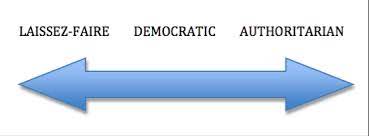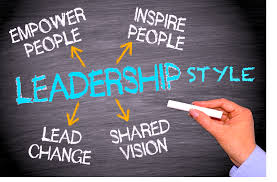Posted inPrinciple of Management
Management – Mission, Vision, & Values
Every organization to be successful needs to be guided by a clear strategy. Vision, mission, and values form the ground for building the strategic foundation of the organization. They direct and guide the purpose, principles and values that govern the activities of the organization and communicate this purpose of the organization internally and externally. Successful organizations ensure that their goals and objectives are always in synergy with their vision, mission and values and consider this as the basis for all strategic planning and decision making. By developing clear and meaningful mission and vision statements, organizations can powerfully communicate their intentions and inspire people within and outside the organization to ensure that they understand the objectives of the organization, and align their expectations and goals toward a common sense of purpose. Importance of Mission, Vision, and Values Vision and mission statements play an important role in strategy development by: Providing means to create and weigh various strategic plans and alternatives. Laying down the fundamentals of an organization’s identity and defining its purpose for existence. Providing an understanding of its business directions. By identifying and understanding how values, mission, and vision interact with one another, an organization can create a well-designed and successful strategic plan leading to competitive advantage.…









